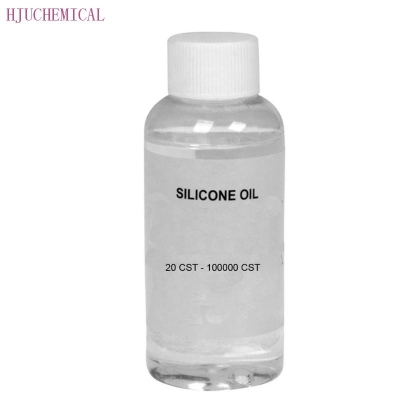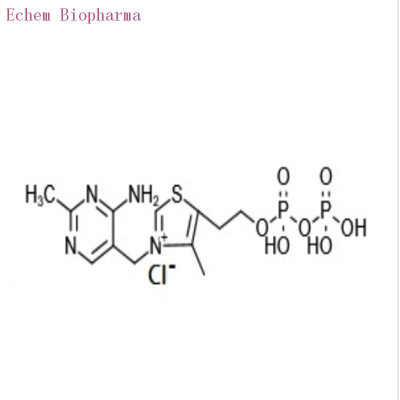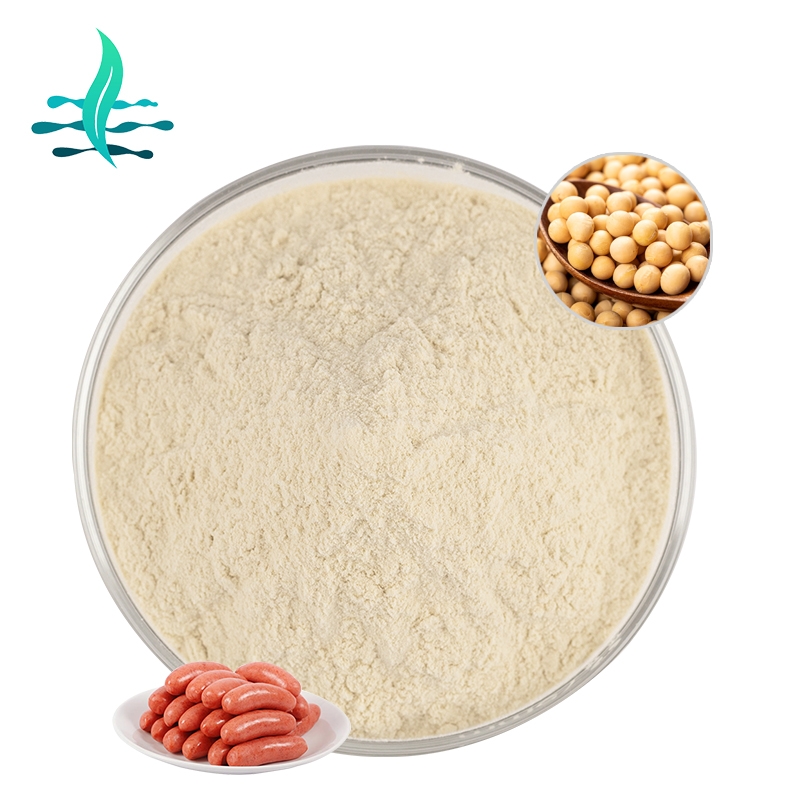-
Categories
-
Pharmaceutical Intermediates
-
Active Pharmaceutical Ingredients
-
Food Additives
- Industrial Coatings
- Agrochemicals
- Dyes and Pigments
- Surfactant
- Flavors and Fragrances
- Chemical Reagents
- Catalyst and Auxiliary
- Natural Products
- Inorganic Chemistry
-
Organic Chemistry
-
Biochemical Engineering
- Analytical Chemistry
- Cosmetic Ingredient
-
Pharmaceutical Intermediates
Promotion
ECHEMI Mall
Wholesale
Weekly Price
Exhibition
News
-
Trade Service
Original title: How terrible is food in Japan's nuclear-contaminated areas? Industry: Understanding is more important than panic
"Japan's nuclear-contaminated areas of food surprise China: a lot of what you love to eat in the list" "Suspected of selling Japan's nuclear-contaminated food online merchants preliminary statistics have reached more than 13,000" ... With the exposure of CCTV's "March 15" party, food safety incidents in Japan's nuclear-contaminated areas continued to ferment.
note that six days ago, on March 11th, the sixth anniversary of the Fukushima disaster. It is doubtful why food safety cannot be guaranteed six years after the Fukushima accident. Will food from nuclear-contaminated areas cause harm? How harmful is it? In this regard, the "Daily Economic News" reporter interviewed a number of nuclear power industry people, trying to uncover confusion.
44 ban implementation has not changed for 6 years
a nuclear power engineer admitted to reporters, in fact, environmental safety does not mean food safety, mainly because of the biological itself rich role, environmental radiation if the biological rich, it may become high-intensity radiation, once ingested, it will endanger health. The rich role of food safety around Fukushima will be long-standing, the industry has been cautious about food safety in Japan.Wen Hongxuan, a former deputy chief engineer of the
China Nuclear Group, has said that a damaged nuclear power facility would release a certain amount of radioactive material, some of which are relatively insanity and others that are "long-lived". The term "life" here refers to the "half-life", which is the time it takes for half of the atoms of radioactive material to decay.
"Daily Economic News" reporter learned that as early as March 11, 2011, the earthquake in Japan led to the outbreak of nuclear radiation events, near Fukushima related waters, soil are threatened, and then, the United States, the European Union and other countries and regions to ensure food safety, have issued relevant regulations or regulations related to Fukushima and surrounding areas of production, processing, transportation of related food products into its territory. The State Administration of Quality Supervision and Inspection also issued a notice No. 44, prohibiting the import of food, edible agricultural products and feed from 12 prefectures, including Fukushima and Qunma prefectures in Japan's nuclear-spilled areas.More than
nuclear power industry insiders pointed out that so far, the General Administration of Quality Inspection of the relevant ban has not changed, compared with the U.S. FDA (Food and Drug Administration) is constantly relaxing the ban on Japanese food. China has been taking a more conservative approach to food safety, maximizing national health, but that does not mean that food from the banned areas must be "poison".
still need to be corroboration or testing by the authorities
CCTV report referred to in the nuclear pollution area products, the origin of which is indeed from the relevant banned areas. However, some people in the industry believe that the outside world is actually more worried about whether these products are produced by lawless means, the public should be treated rationally, can not be completely sure that there is no problem, but also do not need to panic and worry too much.
In fact, food in nuclear-contaminated areas and nuclear-contaminated food are not a concept, the former is food from nuclear-contaminated areas, but whether it is contaminated by nuclear contamination and whether it contains radioactive substances harmful to health still need authoritative testing, the latter refers to the real nuclear contamination of food harmful to human health.
The industry agrees that, on the one hand, from a legal point of view, the introduction of state-prohibited imports is already illegal, whether or not it is contaminated with nuclear pollution, but on the other hand, whether or not products from nuclear pollution areas themselves are contaminated, will not cause harm, how much harm? Authorities need to clarify that relevant test data are also needed to support this, which is also of the greatest public concern.
The aforementioned nuclear power engineers explained to reporters that the general so-called food radioactivity mainly involves the problem of internal radiation, that is, in the process of radiation safety, there are many rays can be isolated by simple shielding, such as the often mentioned alpha, beta, radon, but the prevention is more mainly gamma, because of the long range, is blocked, but the internal exposure to the environment of the organism, the release of beta and alpha ray decay of the nuclides will cause greater harm to the organism.
, "Unfortunately, in the current conventional measurement area, we are actually quite difficult to measure." In addition, we do not currently have much data to prove whether these foods are dangerous or safe, nor are they more suitable for routine testing for civilian use. The engineer confessed.
the Fukushima accident, most of Japan has now failed to detect excess levels of radioactive material in food and drinking water, and the safety of food available on the market is now largely unscathed, Xinhua reported. Xinhua News Agency reporters who have previously visited Fukushima to investigate also said that in the city about 50 kilometers south of the Fukushima Daiichi nuclear power plant, space radiation levels and Tokyo, food and water regularly tested safe, but there are people to minimize the risk, as far as possible to buy ingredients from outside Fukushima Prefecture.
Xu Xiaolin, dean of the School of Public Administration at Huahua Central University of Science and Technology, and Associate Professor Yu Shuo have written that China's food safety risk analysis mainly focuses on food sources and production and processing links, the lack of concern about the suddenness and unconventional pollution of such nuclear accidents, and the lack of relevant response measures to cover all aspects of the local and local and external food supply chain, especially the neglect of circulation links, but also failed to take into account the food supply chain and food trade safety. In the future, nuclear material monitoring database should be established in the nuclear power plant and adjacent areas, and comprehensive and scientific statistics on food safety should be carried out. (Reporter Ouyang Kai)







